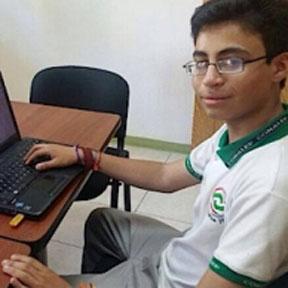FIGHTING FOR COMMUNITY COLLEGE FUNDING EQUITY
By Assemblyman John J. Benoit
Several weeks ago, Governor Schwarzenegger and leaders of the California Legislature traveled to Washington D.C. and met with the members of the California Congressional Delegation to ask them to act to ensure that California gets its fair share of federal dollars. Since our state receives only 79 cents of every tax dollar sent to the federal government, the Governor made a strong argument that California is being shortchanged.
But if California is being shortchanged by the federal government, the Inland Empire is most certainly being shortchanged by California. And providing fairness to the Inland Empire does not require an act of Congress. It simply requires Sacramento to mend its ways.
Let me explain. California has 72 community college districts. Under the current funding formula these districts are funded at widely varying rates per full-time student, ranging from a low of $3,708 per student in the Santa Monica Community College District to a high of $8,186 in the Western Kern Community College District.
Our region’s community college districts are some of the most under-funded in the state. Although the statewide average funding per student is $4,200, Riverside Community College District, which ranks second to last in the State, receives a mere $3,732 per student. San Bernardino Community College District receives $3,908 per student. Both the Mt. San Jacinto and Chaffey Districts receive just $3,906 per student, while the Desert Community College District receives only slightly more, at $3,988 per student.
Although this funding shortfall may seem at first blush to be insignificant, when it is multiplied by thousands of full-time students, it means our region’s students have significantly less access to classes, support services and the latest technology. As a result, students in our community will have to wait longer to graduate and will have far less opportunities to take career and technical training classes.
Research has shown that this funding disparity among community college districts has nothing to do with demographics, cost of living, property taxes or program costs. It is simply an unfair funding formula that has been quietly ignored for far too long.
Last year, I helped lead the fight to bring funding equity to the Community College System. Working with Governor Schwarzenegger and legislators from under-funded districts, we were able to include $80 million in the 2004-05 state budget to begin to close the funding gap.
However, the $80 million was only the first installment of a multi-year need to equalize funding among the two-year colleges. That’s why I am again working to include “Community College Equalization” funding in this year’s budget. If we are successful, more than a million community college students will be two-thirds of the way toward the fairness they deserve: equal access to quality education no matter what college they attend.
Community colleges are the gateway to higher education for the vast majority of Californians. It has been correctly stated that community colleges have the most difficult job in higher education. Their task is not to select those who will be successful, but to make successful those who come to the colleges. California’s community colleges serve diverse students with diverse needs.
As new educational challenges face California and the nation, the greatest responsibility to meet these demands falls on the community college, from remedial education for adults to workforce training to preparation for university transfer. The students of the Inland Empire deserve the same access to community college as students who live in other parts of our great State.

























